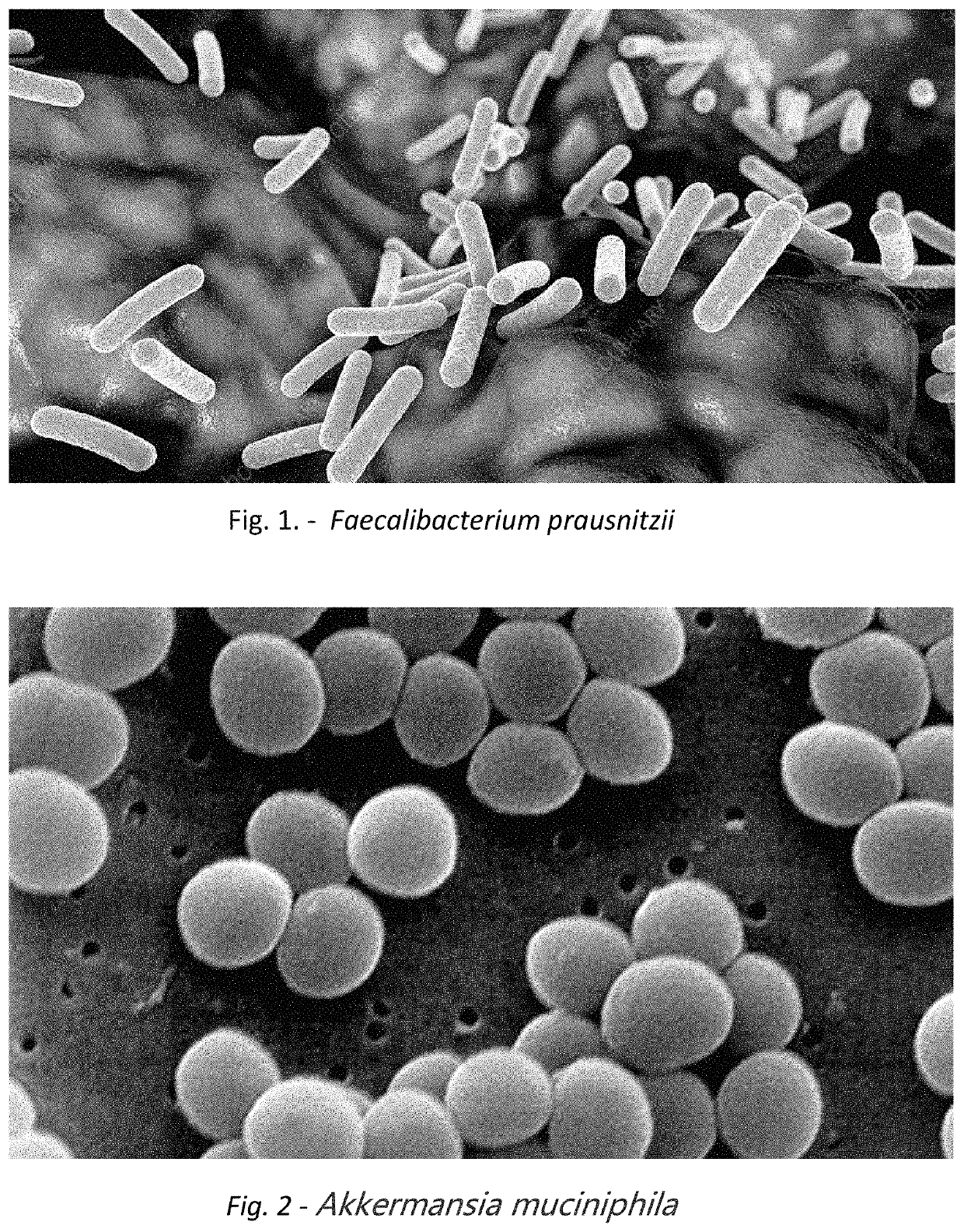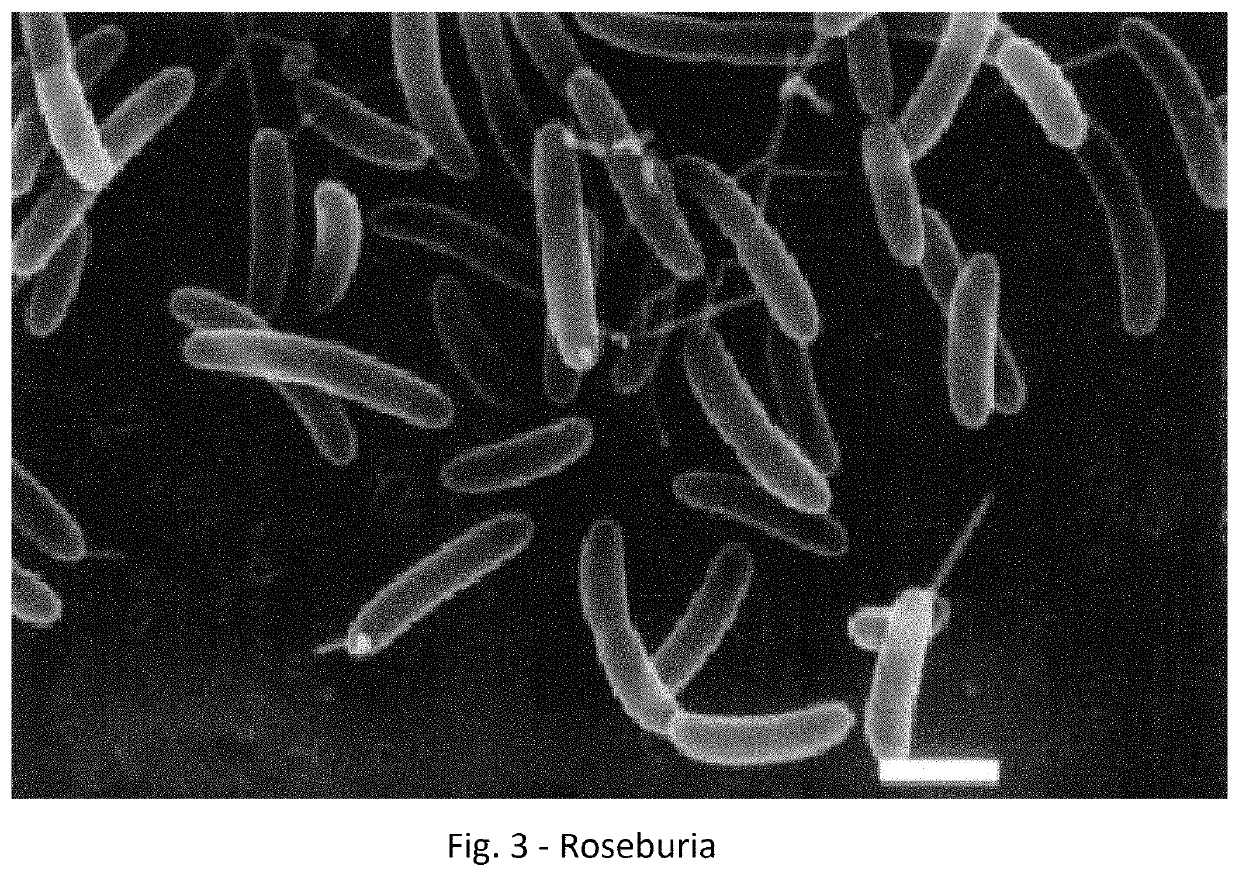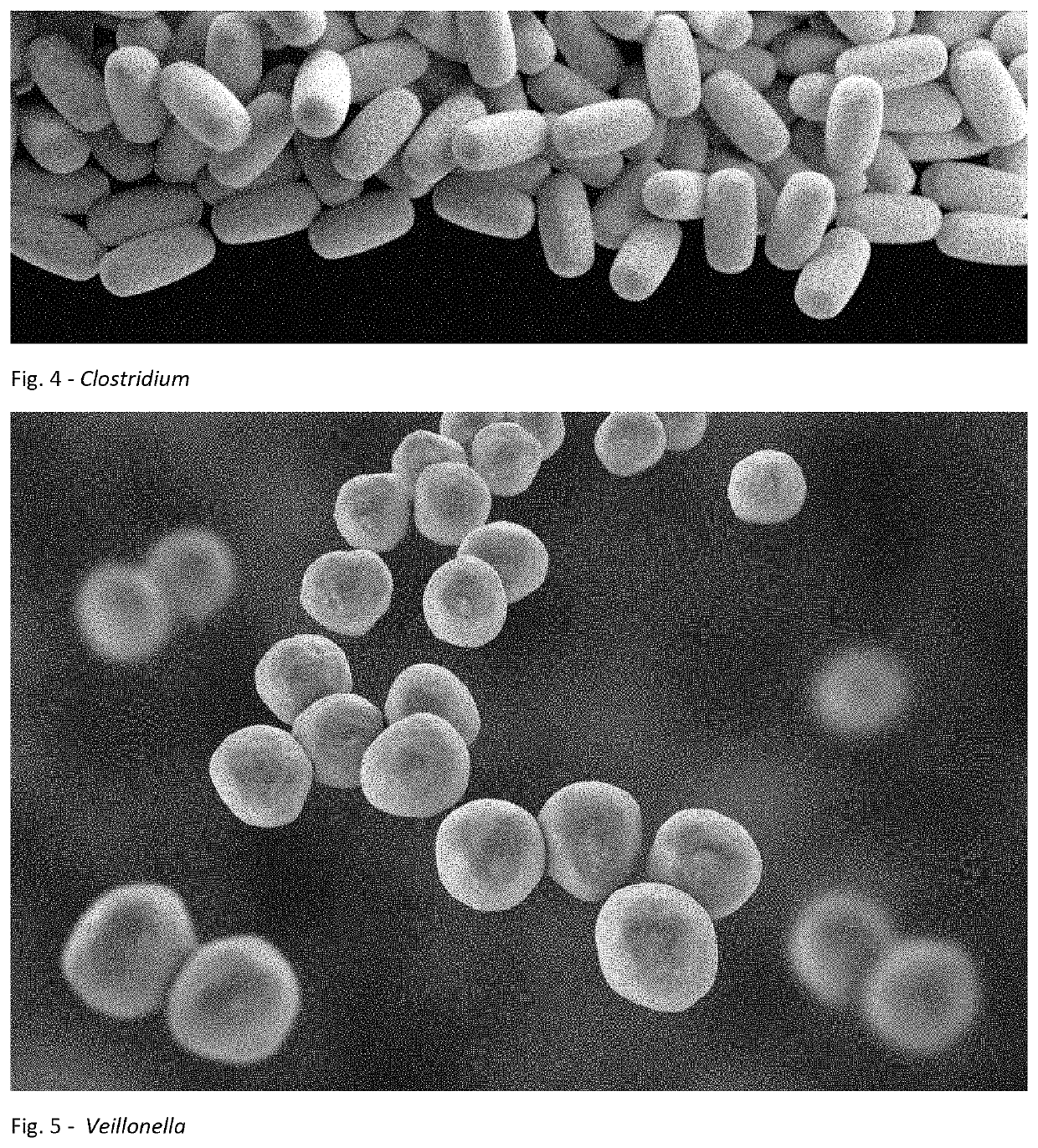Method for treating an individual suffering from a chronic infectious disease and cancer
a chronic infectious disease and cancer technology, applied in the field of chronic infectious disease and cancer treatment, can solve the problems of shortening the life of individuals, affecting the treatment effect of individuals, and affecting the immune system, so as to promote cell cycle arrest, suppress tumor growth, and restore health to individuals.
- Summary
- Abstract
- Description
- Claims
- Application Information
AI Technical Summary
Benefits of technology
Problems solved by technology
Method used
Image
Examples
Embodiment Construction
[0119]“CRISPR” (Clustered Regularly Interspaced Short Palindromic Repeats) loci refers to certain genetic loci encoding components of DNA cleavage systems, for example, used by bacterial and archaeal cells to destroy foreign DNA. A CRISPR locus can consist of a CRISPR array, comprising short direct repeats (CRISPR repeats) separated by short variable DNA sequences (called spacers), which can be flanked by diverse Cas (CRISPR-associated) genes. The CRISPR-Cas system, an example of a pathway that was unknown to science prior to the DNA sequencing era, is now understood to confer bacteria and archaea with acquired immunity against phage and viruses. Intensive research over the past decade has uncovered the biochemistry of this system. CRISPR-Cas systems consist of Cas proteins, which are involved in acquisition, targeting and cleavage of foreign DNA or RNA, and a CRISPR array, which includes direct repeats flanking short spacer sequences that guide Cas proteins to their targets. Class ...
PUM
| Property | Measurement | Unit |
|---|---|---|
| time | aaaaa | aaaaa |
| time | aaaaa | aaaaa |
| time | aaaaa | aaaaa |
Abstract
Description
Claims
Application Information
 Login to View More
Login to View More - R&D
- Intellectual Property
- Life Sciences
- Materials
- Tech Scout
- Unparalleled Data Quality
- Higher Quality Content
- 60% Fewer Hallucinations
Browse by: Latest US Patents, China's latest patents, Technical Efficacy Thesaurus, Application Domain, Technology Topic, Popular Technical Reports.
© 2025 PatSnap. All rights reserved.Legal|Privacy policy|Modern Slavery Act Transparency Statement|Sitemap|About US| Contact US: help@patsnap.com



